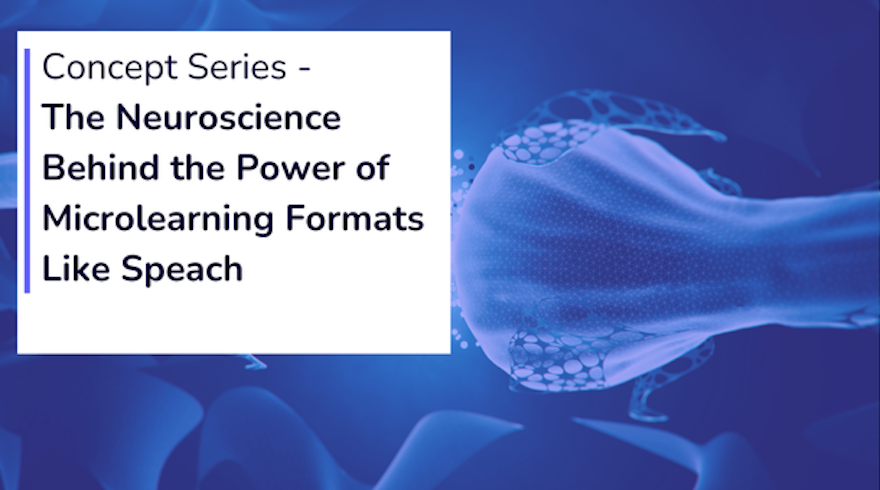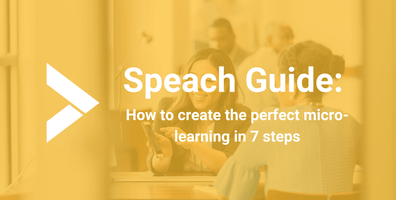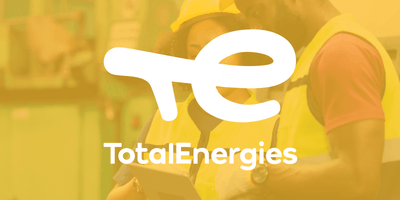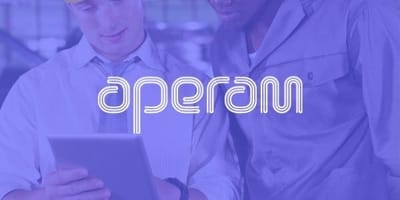Microlearning multimedia formats, such as those used by platforms like Speach, have transformed traditional training paradigms by integrating short, focused learning sessions that align with cognitive neuroscience principles. This article explores the scientific underpinnings and benefits of these innovative learning strategies.
Enhanced Cognitive Retention
Neuroscientific research supports that shorter, targeted learning sessions help prevent cognitive overload—a key factor in learning efficiency. Cognitive Load Theory explains that our working memory has limited capacity, best engaged when information is presented in small, digestible chunks. According to a study by the University of California, these microlearning sessions enhance memory retention by aligning with our brain’s natural processing capabilities.
Optimizing the Forgetting Curve
Microlearning takes advantage of the spacing effect, as postulated by Ebbinghaus's forgetting curve. Neuroscience suggests that information revisited over spaced intervals helps reinforce memory retention and recall. Speach’s approach to delivering content at strategic intervals ensures that knowledge is more effectively consolidated into long-term memory, a concept supported by research in the field of educational psychology.
Multi-Sensory Learning Engagement
Combining video with text in microlearning formats engages multiple sensory pathways, crucial for robust learning experiences. Dual Coding Theory, supported by findings from MIT’s cognitive science studies, suggests that integrating visual with verbal information creates dual memory pathways, thereby enhancing learning and retention. This multi-modal approach not only captures learners' attention better but also improves their ability to recall and apply information.
Just-In-Time Learning Enhancement
Neuroscience underscores the effectiveness of learning when it is contextually relevant and immediately applicable. Speach's microlearning modules are designed to provide information just when the learner needs it, which maximizes relevance and retention, as indicated by studies on contextual learning from Harvard University.
Neuroplasticity Through Interactive Learning
Interactive elements such as quizzes and simulations in microlearning can stimulate neuroplasticity, the brain’s ability to adapt and rewire itself. Engaging with interactive content not only supports the embedding of new knowledge but also enhances cognitive flexibility, crucial for lifelong learning. This is confirmed by research into active learning published in the Journal of Neuroscience
Conclusion
Microlearning multimedia formats like those offered by Speach represent a significant advancement in educational technology, effectively marrying the insights of neuroscience with practical learning applications. By fostering environments that enhance cognitive retention, engage multiple sensory pathways, and support just-in-time learning, these platforms offer a sophisticated, scientifically validated approach to modern education and training.





